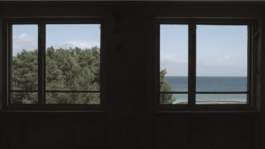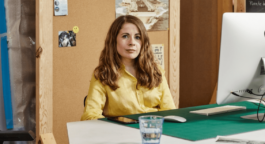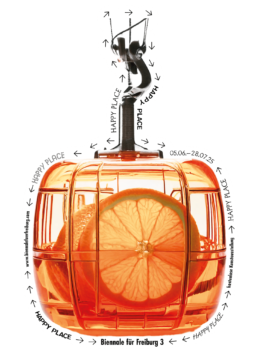Date & Time
Event
Location
19th July 2025
11 am
FROM bourgeois town TO PENSIONOPOLIS:
FREIBURG 1800 - 1914
KG I, main entrance

Tour of the old town and Wiehre with Dr. Heinrich Schwendemann, historian.
Around 1800, Freiburg was still a small provincial town with around 8,000 inhabitants living in the medieval city center, which in turn was surrounded by the ruins of the Vauban fortifications. In 1914, Freiburg had 90,000 inhabitants and was considered one of the most beautiful cities in Germany. During the German Empire, particularly in the era of Mayor Otto Winterer (1888-1913), the city experienced a building boom: The medieval cityscape was given a historicist makeover, and magnificent new churches, schools, university buildings and the theater increased Freiburg's appeal, as did the city's state-of-the-art infrastructure. The “City of Forest, Wine and Gothic” - Freiburg advertised itself as such with resounding success. The scenic city not only became a popular tourist destination, but also attracted wealthy retirees from all over the country to spend their money in Freiburg. The villas in Wiehre and Herdern still bear witness to this today.
On a tour between the old town and Wiehre, we will look at urban development in the 19th century, which still characterizes the cityscape today despite all the destruction caused by the Second World War.
The meeting point is the main entrance to KG I, Platz der Universität 3.


Caption Placeholder
Caption Placeholder

Date & Time
Event
Location
19th July 2025
11 am
FROM bourgeois town TO PENSIONOPOLIS:
FREIBURG 1800 - 1914
KG I, main entrance

Tour of the old town and Wiehre with Dr. Heinrich Schwendemann, historian.
Around 1800, Freiburg was still a small provincial town with around 8,000 inhabitants living in the medieval city center, which in turn was surrounded by the ruins of the Vauban fortifications. In 1914, Freiburg had 90,000 inhabitants and was considered one of the most beautiful cities in Germany. During the German Empire, particularly in the era of Mayor Otto Winterer (1888-1913), the city experienced a building boom: The medieval cityscape was given a historicist makeover, and magnificent new churches, schools, university buildings and the theater increased Freiburg's appeal, as did the city's state-of-the-art infrastructure. The “City of Forest, Wine and Gothic” - Freiburg advertised itself as such with resounding success. The scenic city not only became a popular tourist destination, but also attracted wealthy retirees from all over the country to spend their money in Freiburg. The villas in Wiehre and Herdern still bear witness to this today.
On a tour between the old town and Wiehre, we will look at urban development in the 19th century, which still characterizes the cityscape today despite all the destruction caused by the Second World War.
The meeting point is the main entrance to KG I, Platz der Universität 3.


Caption Placeholder
Caption Placeholder
